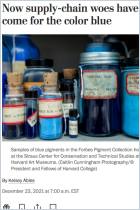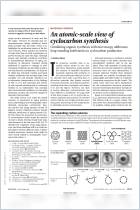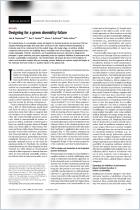
The Quest for the Next Billion-Dollar Color
The world has never had a truly safe, stable and bright red pigment. The trail may start with YInMn, the first blue created in two centuries.
Recommendation
Next time you pick out that perfect shirt color for your skin tone or try to decide what hue to paint your bathroom door, take note: There is more to color than meets the eye. As Zach Shonbrun reports, manufacturing pigments is a complex undertaking, especially if you are trying to avoid harmful chemicals. Not surprisingly, demand for safe pigments that maintain their original color when applied to different materials are in high demand. Writing for Bloomberg, Shonbrun profiles a materials scientist who accidentally discovered a new type of blue. getAbstract recommends this article to anyone who wonders why the discovery of a unique shade of blue might make a scientist very wealthy.
Summary
About the Author
Zach Schonbrun is a contributing writer for The New York Times and the author of The Performance Cortex.

















Comment on this summary